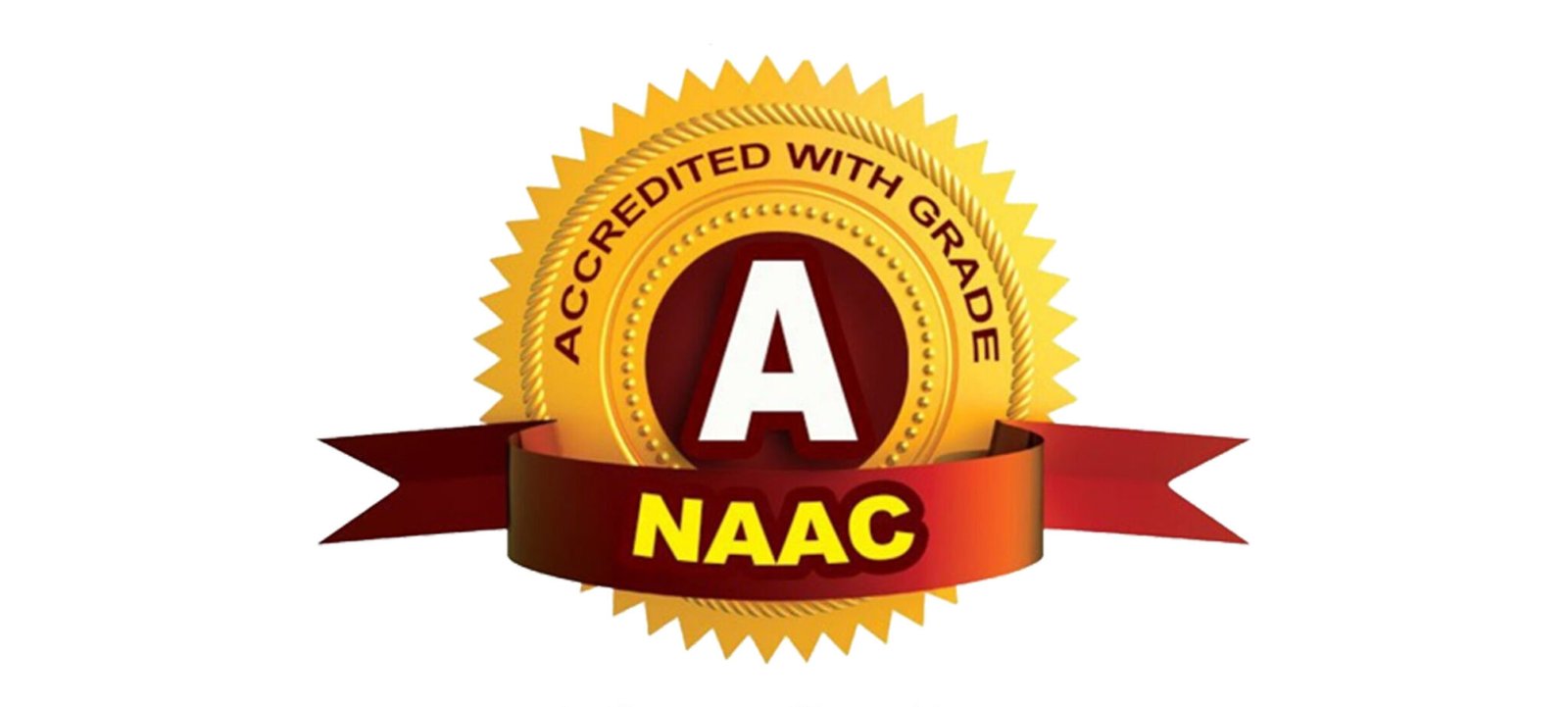The National Assessment and Accreditation Council (NAAC) is facing intense scrutiny following allegations of bribery and manipulation in its grading system. Reports suggest that experts were allegedly bribed to award higher grades to institutions, while some peer team members were accused of seeking favors in cash and kind.
In response to the controversy, the NAAC swiftly removed over 800 experts from its panel. However, this raises critical questions—how did the agency identify these individuals so quickly? And if their involvement was already known, why did it wait for the scandal to become public before taking action?
Reforms Under Pressure
Amid this crisis, the NAAC is now under pressure to implement select recommendations from the Radhakrishnan Committee. The accreditation process is set to undergo a transformation, shifting to a two-step model: a mandatory binary accreditation followed by a voluntary maturity-based grading system. The parameters for assessment may also be relaxed, allowing more institutions to qualify. Additionally, peer evaluations are expected to transition to digital platforms, reducing the need for physical visits.
Now Open: Pan-India Registration for Scam Reporters & Fraud Investigators!
However, these measures may not necessarily enhance the NAAC’s core mission of ensuring quality and excellence in higher education. The agency continues to struggle with autonomy and empowerment, which have long been its major shortcomings.
Key Failures of NAAC
One of the biggest setbacks for NAAC has been the refusal of premier institutions, such as the IITs, IIMs, and other Institutions of National Importance (INIs), to seek accreditation. While these institutions have actively participated in assessing colleges and universities, they have never subjected themselves to NAAC’s evaluation. This has raised concerns about the agency’s credibility, as even the University Grants Commission (UGC) and the Ministry of Education have accepted their exclusion from the accreditation process.
Another major flaw was NAAC’s decision to not just accredit but also grade institutions. Globally, accreditation is a binary process—institutions either meet a quality benchmark or they don’t. NAAC, however, introduced a grading system, which has been revised multiple times due to criticism over its inconsistency and complexity.
Compromising Objectivity
Further undermining its credibility, NAAC deviated from global best practices by outsourcing the crucial Data Verification and Validation (DVV) process to external agencies unfamiliar with the higher education landscape. This process, which carries a 70% weightage in accreditation, significantly reduced the role of faculty-led peer assessments, which were assigned a mere 30% weightage. This shift sent a clear message: faculty members were not trusted to be objective. As a result, many respected academicians withdrew from the accreditation process.
Data Manipulation and Ethical Concerns
The introduction of graded autonomy and performance-based funding, tied to accreditation grades, has further encouraged data manipulation and malpractice. Instead of fostering genuine quality improvement, institutions have sought to game the system, making even the most robust frameworks vulnerable to exploitation.
The most pressing question remains—who accredits the accreditors? Until the NAAC addresses its internal flaws and re-establishes its credibility, its role in shaping India’s higher education landscape will remain under a cloud of doubt.


